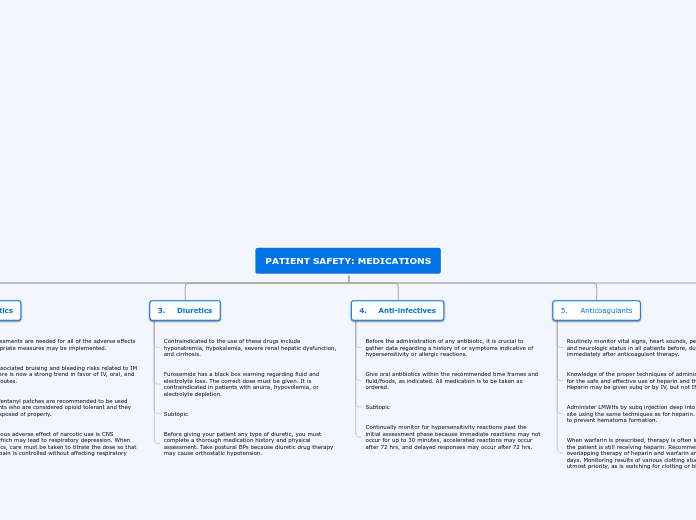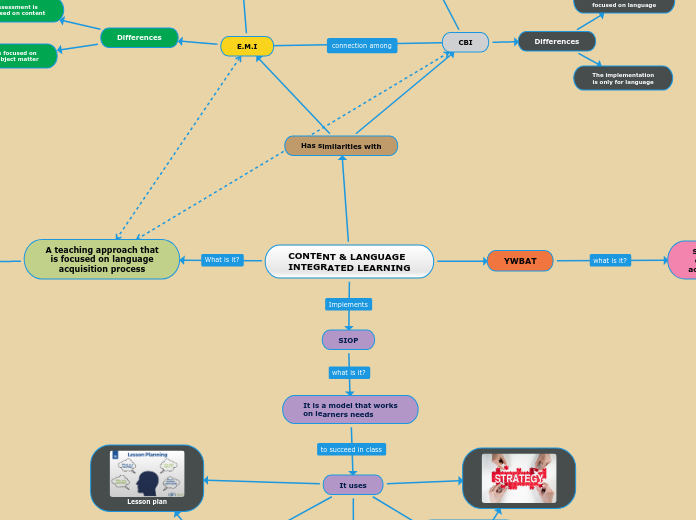par Mady Hanford Il y a 5 années
234
Tree organigram
Proper medication management is critical for patient safety, particularly when administering diuretics, narcotics, and anti-infectives. Diuretics like Furosemide require careful dosing due to risks of fluid and electrolyte loss and are contraindicated for patients with specific conditions such as anuria and hypovolemia.









